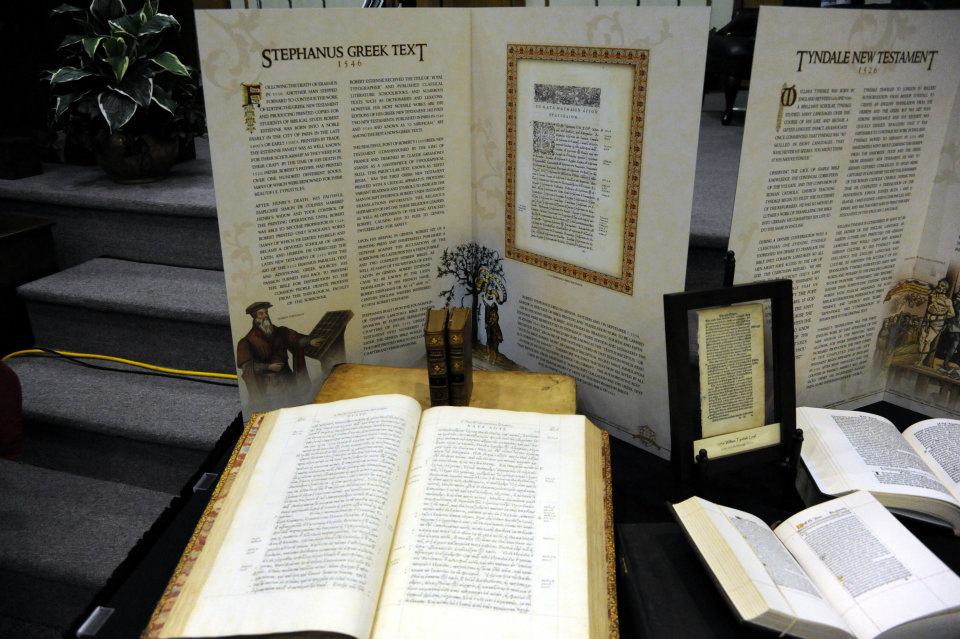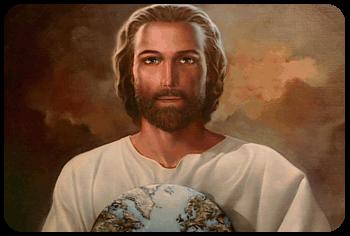
|
|
 |
|
**List: Croatian Ministry Bible ( Biblije )
CROATIAN, OR DALMATIAN-SERVIAN. [U. BUDIMU.]-- 1860 S. Bagster [Info only: "1831" John 1:1-13 unknown.] |

Hrvatski / Croatian Bible History (3) 
**List: Croatian Ministry
Bible ( Biblije )
Croatian...
CROATIAN, OR DALMATIAN-SERVIAN. "THE Servian language, as we have already mentioned, is spoken, with a few provincial deviations, in
--The Bible of Every Land. (1860, Second Edition) Samuel Bagster [Info only]
Dalmatia, and in Military or Austrian Croatia, comprising the districts of Carlstadt and Varasdin, which
collectively may contain a population of about 1,300,000. The Sclavonic dialects spoken in that part
of Europe blend into one another, in many neighbourhoods, and are often not easily distinguishable in
their relative purity. The only real line of demarcation between the language of Servia Proper and
Dalmatian-Servian, lies in their respective alphabetical systems. The Servians belong, almost without
exception, to the Greek Church, and therefore use the Russian modification of the venerable characters
in which the Old Sclavonic version is written. The Dalmatians and Croatians, on the other hand,
having received instruction in the [tradition] religion originally from Latin priests, belong, in general,
to the Roman Catholic Church, and use the Latin alphabet. The Glagolitic letters (probably so called
from the Sclavonic Glagol, a word or verb,) were formerly employed in Dalmatia in writing Old
Sclavonic, as well as the modern idiom: they are a clumsy imitation of the Cyrillic alphabet, and,
except occasionally for ecclesiastical purposes, have now fallen into disuse.
A translation of the Gospels into Dalmatian-Servian, by Bandulovitch, appeared at Venice in 1613,
but never obtained much circulation. In 1640, a Jesuit, by name Bartholomew Cassio, had translated
the entire Scriptures; but this version was never committed to the press, owing to the opposition of
the bishops. After the lapse of another century, strenuous efforts were made by Stephen Rosa, a
Roman Catholic priest, to furnish the Dalmatians with the Bible in their vernacular language. He
executed a new translation of the entire Scriptures, and immediately on its completion forwarded it to
the pope, with a request that it might be used in all the churches of Dalmatia, instead of the Old
Sclavonic version: he urged his suit by arguing, that as the Cyrillic language was an ingredient of the
Greek Church, the use of it in sacred things was a species of Greek heresy. The pope referred the
subject to the consideration of a committee, appointed by him for the purpose, and in 1754 the
translation was formally rejected.
At length, in 1832, by the renewed efforts of the Romish Church, and the zealous aid of the
deceased primate of Hungary, Cardinal Rudnay, another version of the Scriptures was completed, and
was permitted to pass through the press. It was printed in Roman letters, and was at once adopted by
the Roman Catholics of Dalmatia and Croatia. This version is a translation from the Vulgate, executed
by the Franciscan monk and professor, Katancsich, and rendered conformable in all points to the
dogmas of the Roman Catholic Church."CROATIAN, OR DALMATIAN-SERVIAN. [U. BUDIMU.]-- 1860 S. Bagster [Info only: "1831" John 1:1-13 unknown.]
[Christian Helps Ministry (USA)] [Christian Home Bible Course]